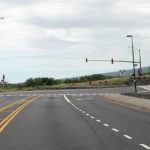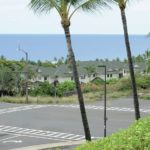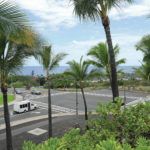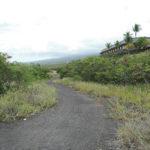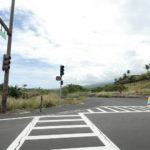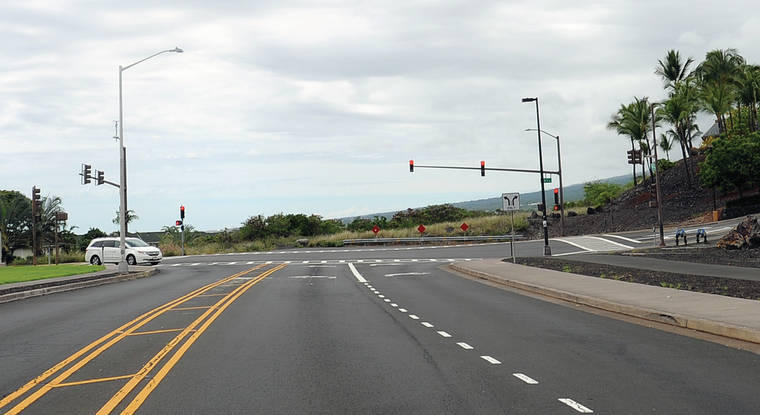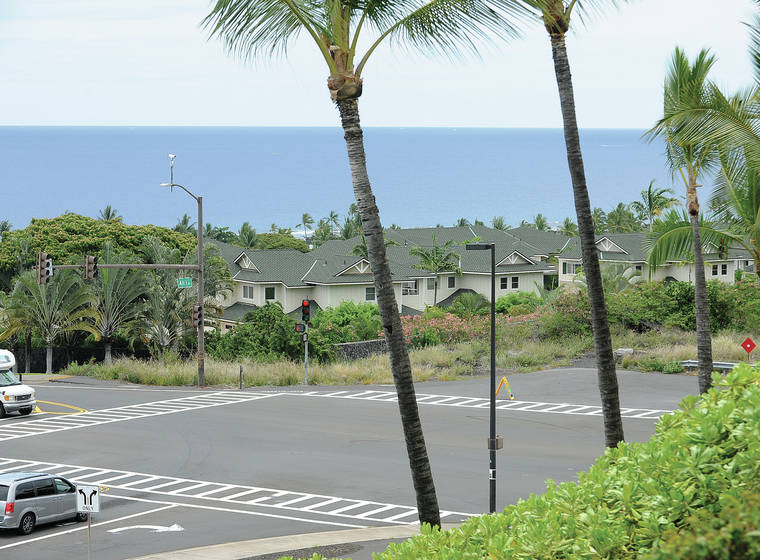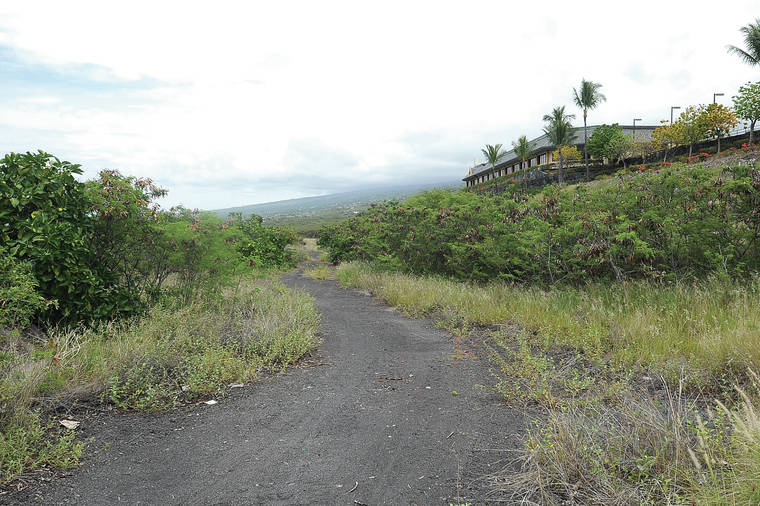KAILUA-KONA — More than a decade after an effort to develop Alii Parkway stalled, a subcommittee under the Kona Community Development Plan action committee is taking a new look at a possible future for the project.
Subcommittee chair Shane Palacat-Nelsen said he expects to offer some recommendations at an upcoming action committee meeting, possibly in July. Those recommendations will be based on conversations with families who steward archaeological sites in the area.
Mayor Harry Kim said that at a recent meeting with families, there was a generally positive attitude about moving forward. It was agreed, he added, that there should be a re-survey for archaeological sites and an emphasis on the importance of a Lako Street extension, which will also be part of the conversation.
The subcommittee is looking at whether it’s feasible to build some kind of corridor that would alleviate traffic in the region without jeopardizing the archaeological sites that are in the area.
The corridor itself would extend from Keauhou Shopping Center to Kuakini Highway. It would run north and south, parallel to Alii Drive but up mauka from the popular oceanfront strip, before connecting to the highway.
Plans for a road in the general area go back to 1958 with cultural surveys going back to the early 1970s. The county started construction on the road in 2004, but the discovery of human remains stopped the project, and federal funds were reallocated to other infrastructure efforts on the island.
Palacat-Nelsen said there could be some solutions that weren’t on the table the first time around, and government leaders might be a little more receptive to them as well.
One idea might be for a bike/walking trail between Keauhou and Laaloa Avenue, which would still also offer access for families that care for historic sites in the region.
Palacat-Nelsen said it’s premature to discuss specifics about the conversations he’s had with families, but said the families have come up with some mitigation proposals that, if accepted by the mayor’s office, could allow for a three-phase corridor to include the bike/walk way between Keauhou and Laaloa and a two-lane road with bike/walk space and familial access to archaeological sites between Laaloa Avenue and Lako Street.
He also emphasized that his subcommittee isn’t the decision maker and are only offering recommendations based on their conversations with the families.
“Obviously the decision makers will come from the County of Hawaii,” he said, “but I definitely feel that we have in the palms of our hands the ability to create something that works for our community.”
Kim said he’d like the corridor to be designed as something like what he referred to as a PATH-way, an acronym, he said, that stands for people, automobiles, trees (along with aesthetics and foliage), as well as homes and businesses.
He also likened changing attitudes about the role of infrastructure projects by comparing the highway to the recent consideration given to modifying Hilo Bay’s breakwater to improve the marine environment there.
When the Army Corps of Engineers built the breakwater in the first part of the 20th century, Kim said, the focus was on providing a safe harbor. These days, he said, attention is also paid to environmental protection.
“And that’s a huge change in mentality,” Kim said, “and I think this highway provides this same kind of mentality … It is for aesthetics. It is for safety. It is community and everything else.”
Palacat-Nelsen said he saw the conflict as “culture versus traffic,” saying part of the reason he decided to chair the subcommittee was to be sure the right kinds of conversations were taking place to include archaeological sites as well as preserve the stories of the region.
“When we start to open up highways and by-ways in our community, we tend to forget these historical places that created huge foundation for our society today in Kona,” he said. “We tend to forget these things, and so I wanted to make sure that we thoroughly go through this, make sure we dot as much i’s and cross as much t’s as possible before we decide to create a fight between archaeological sites versus traffic and what would equal quality-of-life for us today.”
Kim said that in addition to knowing the concerns of groups like the Hawaii Island Burial Council regarding what can and can’t be done, he believes a new effort can also benefit from more awareness on balancing development with cultural concerns.
“And in the past we have not been as sensitive in everything we do, and it’s ‘the highway’s to get people from here to there,’ and very little other concerns,” he said. “And hopefully we’re better now.”
